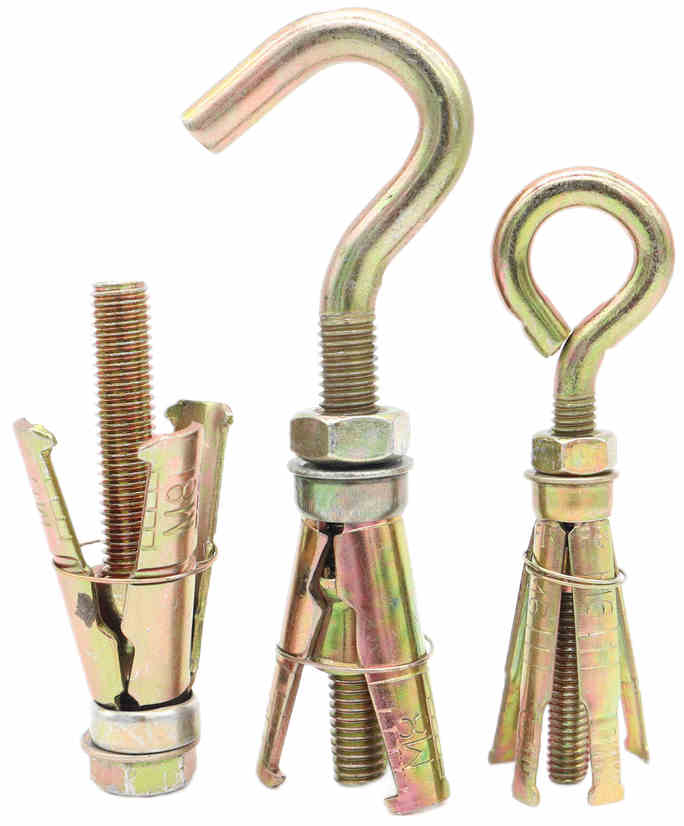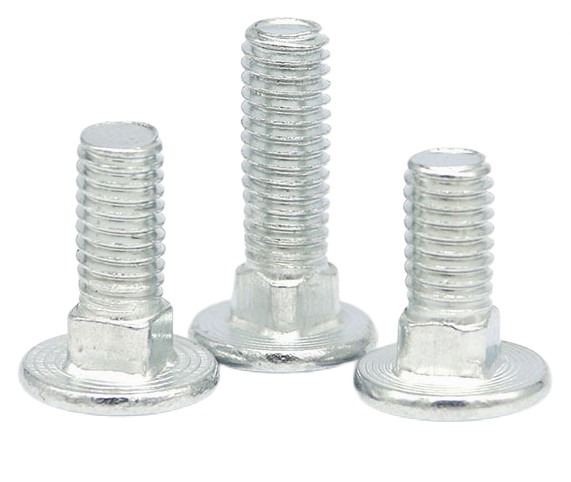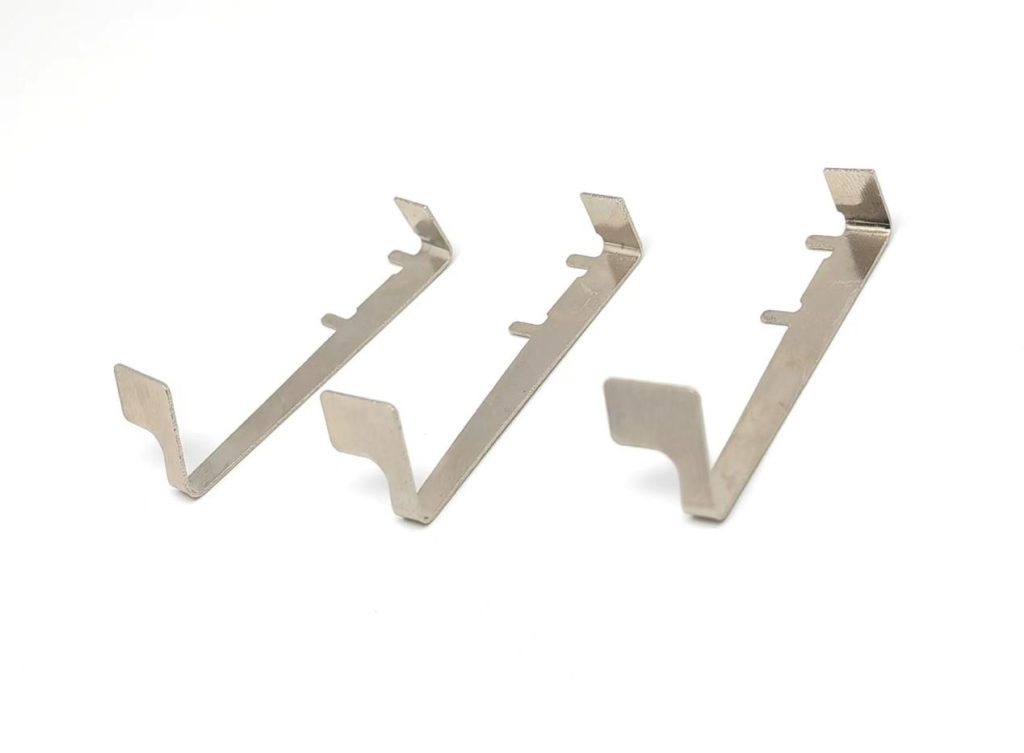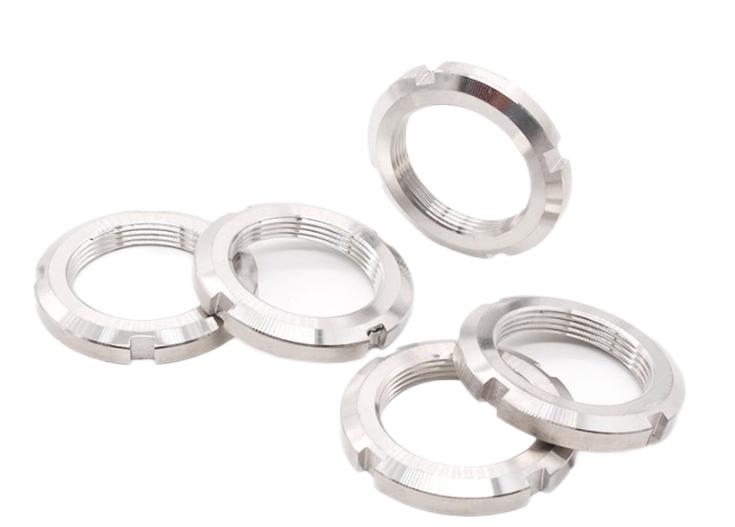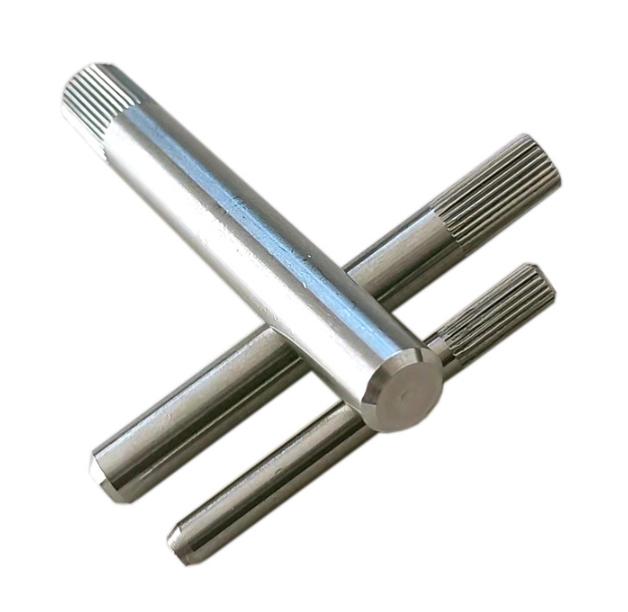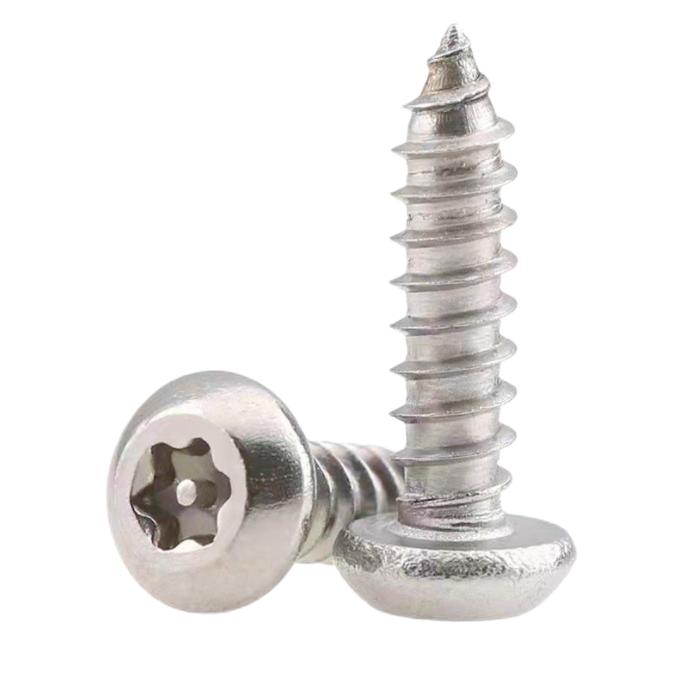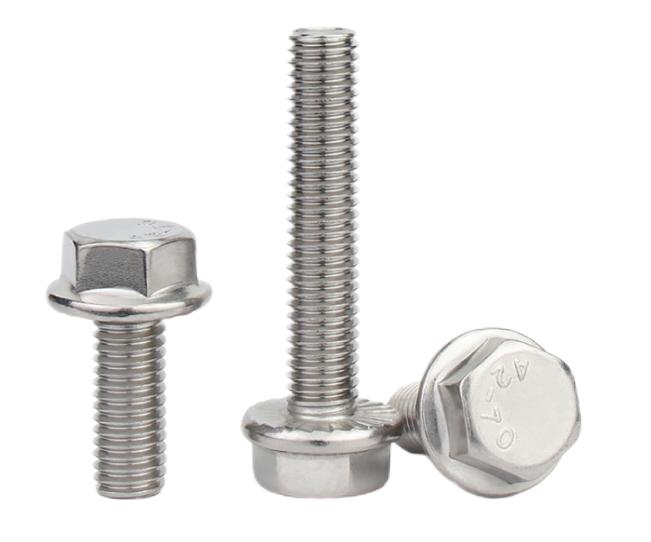What is the Heat Treatment Process?
The heat treatment process generally includes three processes: heating, heat preservation, and cooling. Due to different processes, it is divided into quenching, tempering, normalizing, annealing, etc.
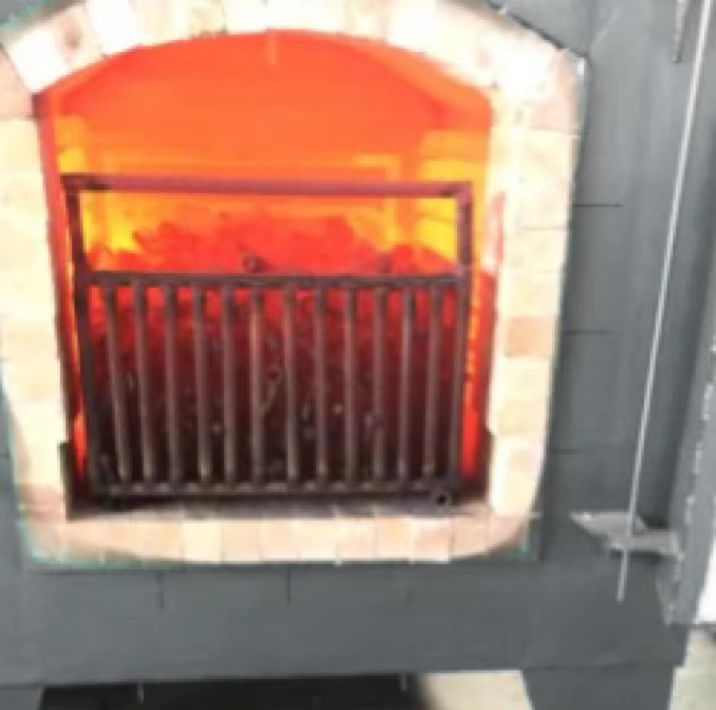
What is Quenching?
The quenching of steel is to heat the steel to a temperature above the critical temperature Ac3 (hypo-eutectoid steel) or Ac1 (hyper-eutectoid steel) and keep it for a period of time to make it fully or partially austenitized. Then the heat treatment process of martensite (or bainite) transformation is carried out by rapidly cooling below Ms (or isothermal near Ms) at a cooling rate greater than the critical cooling rate.
The solution treatment of aluminum alloy, copper alloy, titanium alloy, tempered glass and other materials or the heat treatment process with rapid cooling process is also called quenching.
Purpose of Quenching:
1. Improve the mechanical properties of metal products or parts. For example: improve the hardness and wear resistance of tools, bearings, etc., improve the elastic limit of springs, improve the comprehensive mechanical properties of shaft parts, etc.
2. Improve the material properties or chemical properties of some special steels. Such as improving the corrosion resistance of stainless steel, increasing the permanent magnetism of magnetic steel, etc.
Note: When quenching and cooling, in addition to the reasonable selection of quenching medium, there must be a correct quenching method. Commonly used quenching methods mainly include single-liquid quenching, double-liquid quenching, graded quenching, isothermal quenching, and local quenching.
What Are the Characteristics of Steel Workpieces After Quenching?
1. Unbalanced (that is, unstable) structures such as martensite, bainite, and retained austenite are obtained.
2. There is large internal stress.
3. The mechanical properties cannot meet the requirements. Therefore, steel workpieces are generally tempered after quenching.
What is Tempering?
Tempering is a heat treatment process in which the quenched metal product or part is heated to a certain temperature, kept for a certain period of time, and then cooled in a certain way. Tempering is an operation performed immediately after quenching, and it is usually the last process of heat treatment of the workpiece, so the combined process of quenching and tempering is called final treatment.
the Main Purpose of Quenching and Tempering Is:
1. Reduce internal stress and reduce brittleness. There is a lot of stress and brittleness in the quenched parts, if not tempered in time, deformation or even cracking will often occur.
2. 2. Adjust the mechanical properties of the workpiece. After the workpiece is quenched, the hardness is high and the brittleness is large. In order to meet the different performance requirements of various workpieces, the hardness, strength, plasticity and toughness can be adjusted by tempering.
3. Stable workpiece size. The metallographic structure can be stabilized by tempering to ensure that no deformation will occur in the subsequent use process.
4. Improve the cutting performance of some alloy steels.
the Function of Tempering is To:
1. Improve the stability of the structure, so that the workpiece will no longer undergo tissue transformation during use so that the geometric size and performance of the workpiece remain stable.
2. Eliminate internal stress in order to improve the performance of the workpiece and stabilize the geometry of the workpiece.
3. Adjust the mechanical properties of steel to meet application requirements.
The reason why tempering has these effects is that when the temperature rises, the atomic activity increases, and the atoms of iron, carbon, and other alloying elements in the steel can diffuse faster and realize the rearrangement and combination of atoms. Thus, the unstable unbalanced organization is gradually transformed into a stable balanced organization.
Relief of internal stress is also associated with a reduction in metal strength as temperature increases. Generally, when steel is tempered, the hardness and strength decrease, and the plasticity increases. The higher the tempering temperature, the greater the change in these mechanical properties. Some alloy steels with high content of alloying elements will precipitate some fine-grained metal compounds when tempered in a certain temperature range, which will increase the strength and hardness. This phenomenon is called secondary hardening.
What Are the Tempering Requirements?
Workpieces with different uses should be tempered at different temperatures to meet the requirements in use.
1. Tools, bearings, carburizing and quenching parts, and surface quenching parts are usually tempered at a low temperature below 250 °C. After low-temperature tempering, the hardness does not change much, the internal stress decreases, and the toughness increases slightly.
2. The spring is tempered at a medium temperature at 350-500℃ to obtain higher elasticity and necessary toughness.
3. Parts made of medium carbon structural steel are usually tempered at high temperatures at 500-600 °C to obtain a good combination of suitable strength and toughness.
When steel is tempered at around 300 °C, its brittleness is often increased, and this phenomenon is called the first type of temper brittleness. Generally, tempering should not be performed in this temperature range. Some medium carbon alloy structural steels are also easy to become brittle if they are slowly cooled to room temperature after being tempered at high temperatures. This phenomenon is called the second type of temper brittleness. The addition of molybdenum to the steel, or cooling in oil or water when tempering, can prevent the second type of temper brittleness. This brittleness can be eliminated by reheating the steel of the second type of temper brittleness to the original tempering temperature.
In production, it is often based on the performance requirements of the workpiece. According to the different heating temperatures, tempering is divided into low-temperature tempering, medium-temperature tempering, and high-temperature tempering. The heat treatment process that combines quenching and subsequent high-temperature tempering is called quenching and tempering, that is, it has high strength and good plastic toughness at the same time.
1. Low-temperature tempering: 150-250℃, M tempering, reduces internal stress and brittleness, improve plastic toughness, and have higher hardness and wear resistance. For making measuring tools, tools, and rolling bearings.
2. Medium temperature tempering: 350-500℃, T tempering, with high elasticity, certain plasticity, and hardness. For making springs, forging dies, etc.
3. High-temperature tempering: 500-650℃, S tempering, with good comprehensive mechanical properties. Used to make gears, crankshafts, etc.
What is Normalizing?
Normalizing is a heat treatment process that improves the toughness of steel. After heating the steel components to 30~50℃ above the Ac3 temperature, they are kept for a period of time and then air-cooled.
The main feature is that the cooling rate is faster than annealing and lower than quenching. During normalizing, the crystal grains of the steel can be refined in slightly faster cooling. Not only can satisfactory strength be obtained, but also the toughness (AKV value) can be significantly improved, and the cracking tendency of the components can be reduced.
After some low-alloy hot-rolled steel sheets, low-alloy steel forgings, and castings are normalized, the comprehensive mechanical properties of the material can be greatly improved, and the cutting performance is also improved.
What Are the Purpose and Use of Normalizing?
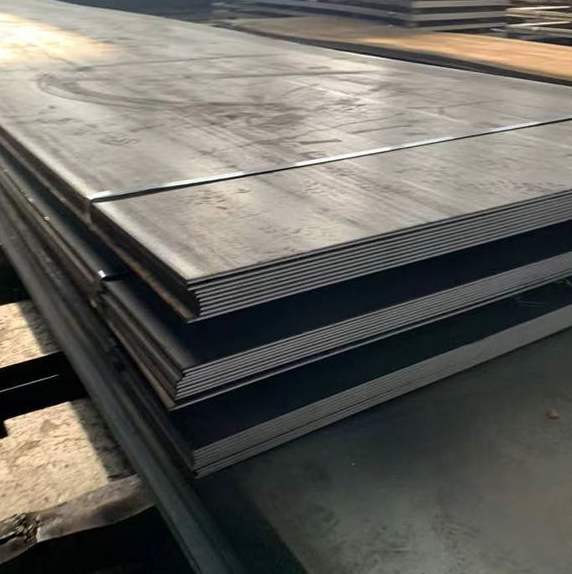
① For Hypoeutectoid steel
Normalizing is used to eliminate the superheated coarse grain structure of castings, forgings, and weldments, and the banded structure in rolled materials.
grain refinement.
Can be used as a pre-heat treatment before quenching.
② For hypereutectoid steel
Normalizing can eliminate reticulated secondary cementite and refine pearlite. It not only improves the mechanical properties but also facilitates the subsequent spheroidizing annealing.
③ For low carbon deep drawn thin sheet steel
Normalizing can eliminate free cementite at grain boundaries to improve its deep drawing performance.
④ For low carbon steel and low carbon low alloy steel
With normalizing heat treatment process, a more fine flake pearlite structure can be obtained, the hardness can be increased to HB140-190, the phenomenon of “sticking to the knife” during cutting can be avoided, and the machinability can be improved.
⑤ For medium carbon steel, it is more economical and convenient to use normalizing when both normalizing and annealing are available.
For ordinary medium-carbon structural steel, normalizing can be used instead of quenching and high-temperature tempering when the mechanical properties are not high. It is not only easy to operate but also stabilizes the structure and size of the steel.
⑥ High temperature normalizing (150~200℃ above Ac3) can reduce the composition segregation of castings and forgings due to the high diffusion rate at high temperatures. The coarse grains after high temperature normalizing can be refined by the second normalizing at a lower temperature.
⑦ For some low and medium-carbon alloy steels used in steam turbines and boilers, normalizing is often used to obtain bainite structure. After tempering at high temperatures, it has good creep resistance when used at 400 ~ 550 ℃.
⑧ In addition to steel, normalizing is also widely used in the heat treatment of ductile iron. It can obtain pearlite matrix and improve the strength of ductile iron.
Since normalizing is characterized by air cooling, ambient temperature, stacking method, airflow, and workpiece size all affect the organization and performance after normalizing.
The normalized structure can also be used as a classification method for alloy steel. Usually, alloy steels are divided into pearlitic steel, bainitic steel, martensitic steel, and austenitic steel according to the structure obtained by air cooling after heating a sample with a diameter of 25 mm to 900 °C.
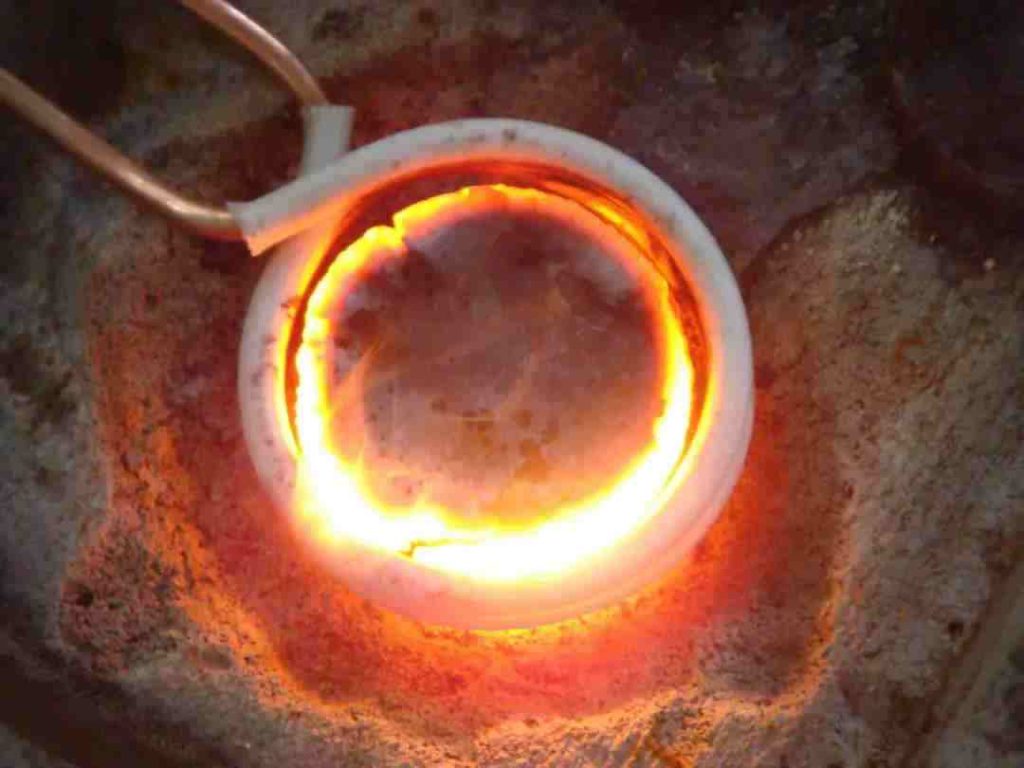
What is Annealing?
Annealing is a metal heat treatment process in which the metal is slowly heated to a certain temperature, kept for a sufficient time, and then cooled at a suitable rate.
Annealing heat treatment is divided into complete annealing, incomplete annealing, and stress relief annealing. The mechanical properties of annealed materials can be tested by tensile test or hardness test.
Many steels are supplied in the annealed heat treatment state, and the hardness of steel can be tested by using a Rockwell hardness tester to test HRB hardness. For thinner steel plates, steel strips, and thin-walled steel pipes, the surface Rockwell hardness tester can be used to detect HRT hardness.
What is the Purpose of Annealing?
1. Improve or eliminate various structural defects and residual stress caused by steel in the process of casting, forging, rolling, and welding, and prevent workpiece deformation and cracking.
2. Soften the workpiece for cutting.
3. Refine the grain and improve the structure to improve the mechanical properties of the workpiece.
4. Prepare the tissue for final heat treatment (quenching, tempering).
What Are the Commonly Used Annealing Processes?
1. Fully annealed.
It is used to refine the coarse superheated structure with poor mechanical properties after casting, forging, and welding of medium and low carbon steel.
Heat the workpiece to a temperature of 30-50°C above the temperature at which all ferrite transforms into austenite, hold for a period of time, and then slowly cool with the furnace. During the cooling process, the austenite transforms again, which can make the organization of steel thinner.
2. Spheroidizing Annealing.
It is used to reduce the high hardness of tool steel and bearing steel after forging.
The workpiece is heated to 20-40°C above the temperature at which the steel begins to form austenite, and then slowly cooled after heat preservation. During the cooling process, the lamellar cementite in the pearlite becomes spherical, thereby reducing the hardness.
3. Isothermal annealing.
It is used to reduce the high hardness of some alloy structural steels with high nickel and chromium content for cutting.
Generally, it is first cooled to the most unstable temperature of austenite at a relatively fast rate, and the austenite is transformed into tortenite or sorbite for an appropriate time, and the hardness can be reduced.
4. Recrystallization annealing.
It is used to eliminate the hardening phenomenon (increase in hardness and decrease in plasticity) of metal wires and sheets during cold drawing and cold rolling.
The heating temperature is generally 50 to 150 °C below the temperature at which the steel begins to form austenite. Only in this way can the work hardening effect be eliminated and the metal softens.
5. Graphitization annealing.
It is used to make cast iron containing a large amount of cementite into malleable cast iron with good plasticity.
The process operation is to heat the casting to about 950 ℃, keep it for a certain period of time and then cool it properly to decompose the cementite to form flocculent graphite.
6. Diffusion annealing.
It is used to homogenize the chemical composition of alloy castings and improve their performance.
The method is to heat the casting to the highest possible temperature without melting, and keep it warm for a long time, and cool slowly after the diffusion of various elements in the alloy tends to be uniformly distributed.
7. Stress relief annealing.
It is used to relieve the internal stress of steel castings and welded parts.
For iron and steel products, it is 100 to 200°C below the temperature at which austenite begins to form after heating, and the internal stress can be eliminated by cooling in the air after heat preservation.
This article describes a variety of heat treatment processes. KENENG is a manufacturer of fasteners, springs, magnets, and battery holders. We are proficient in various manufacturing processes, heat treatment processes, and surface treatment processes, if you want to know more, please contact us.

